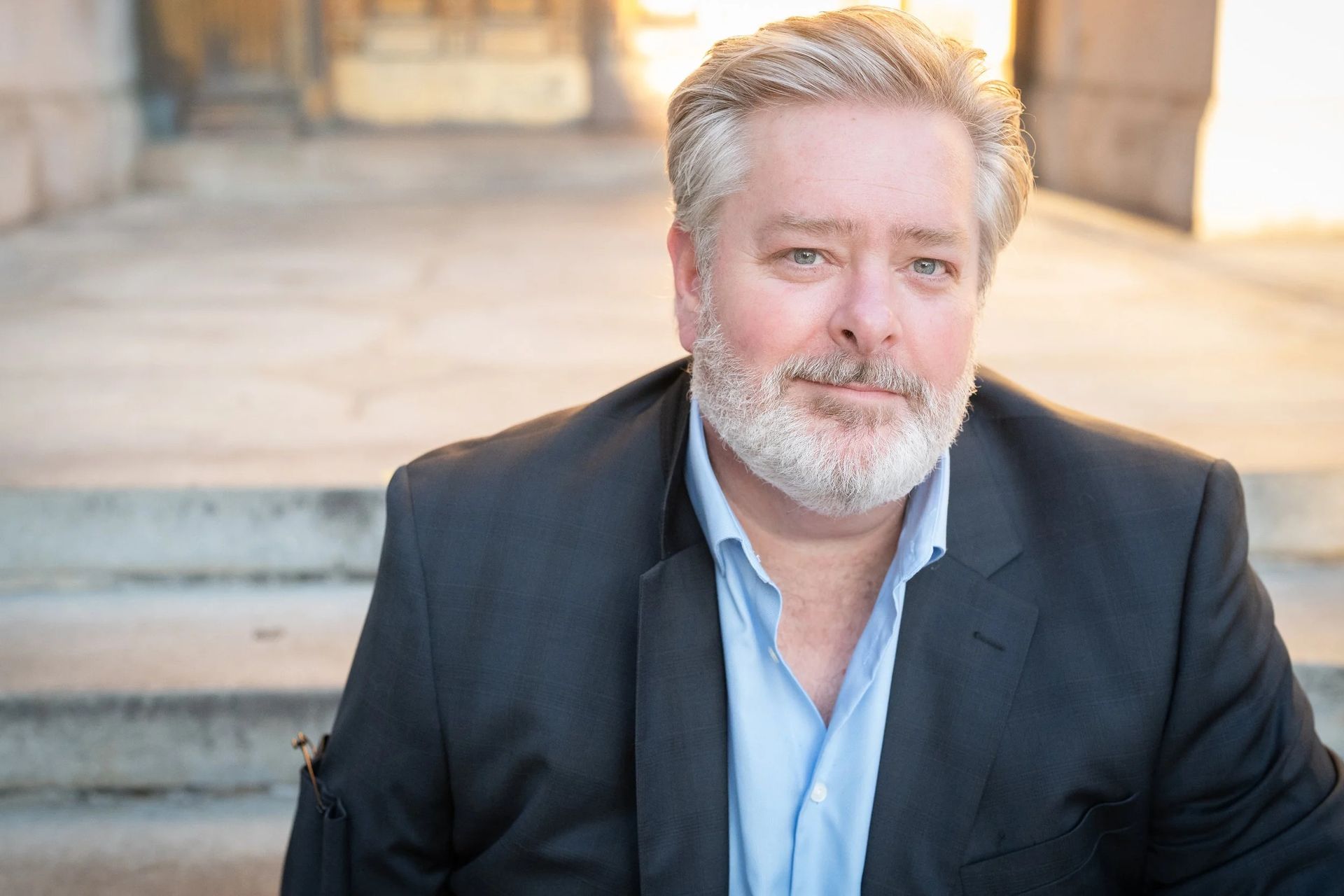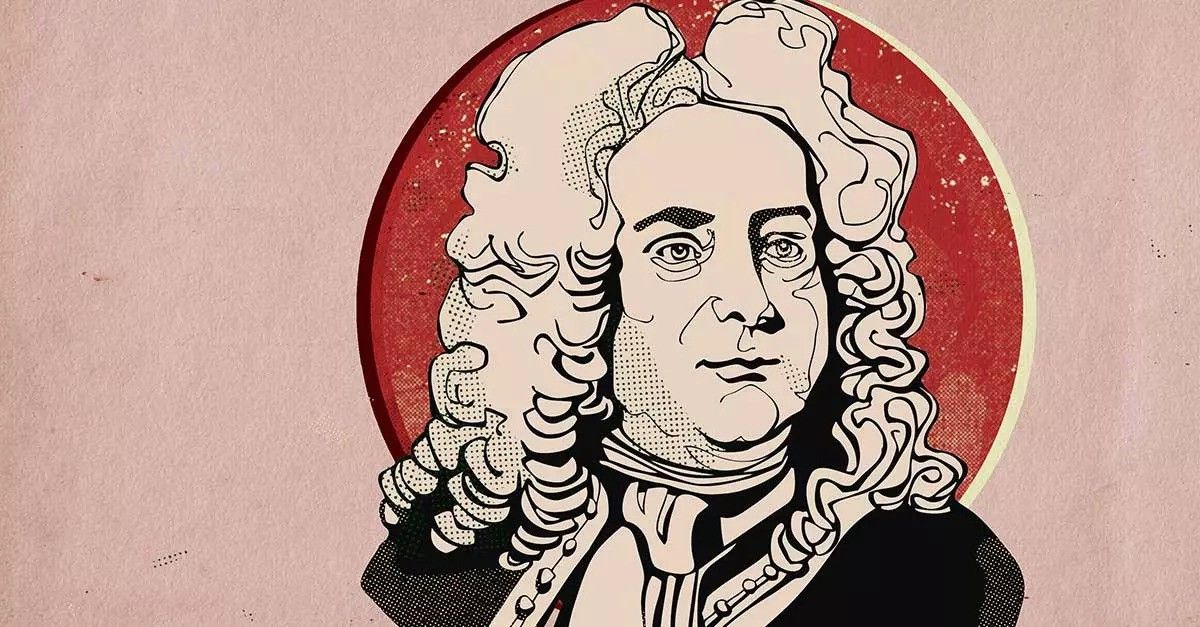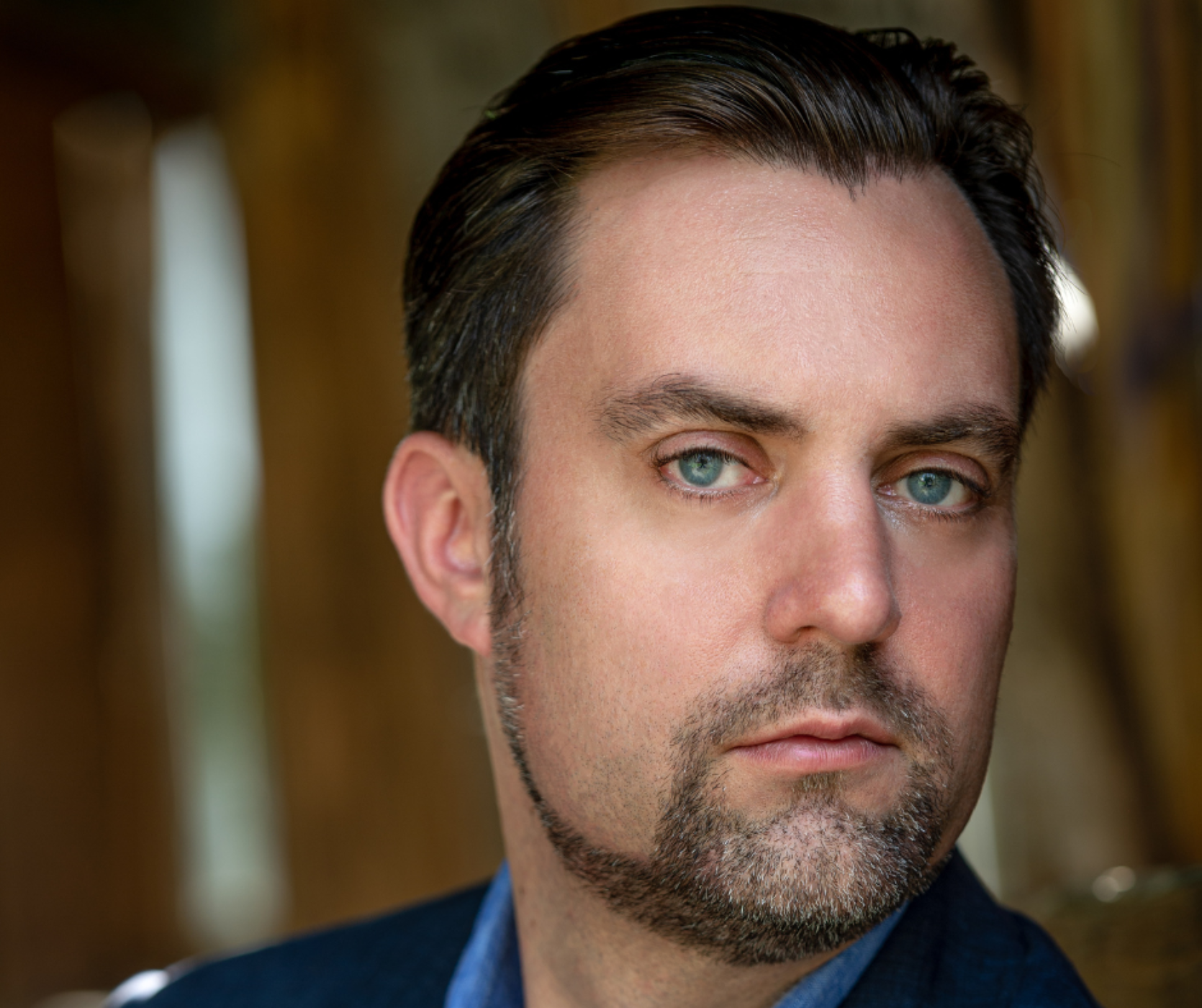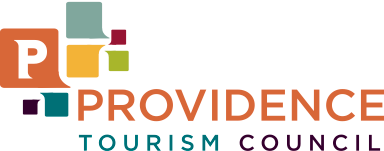THE STORY BEHIND: Bruch's Violin Concerto No.1
Share
On September 23, conductor Robert Spano and the Rhode Island Philharmonic Orchestra will present KAREN GOMYO RETURNS with violinist Karen Gomyo.
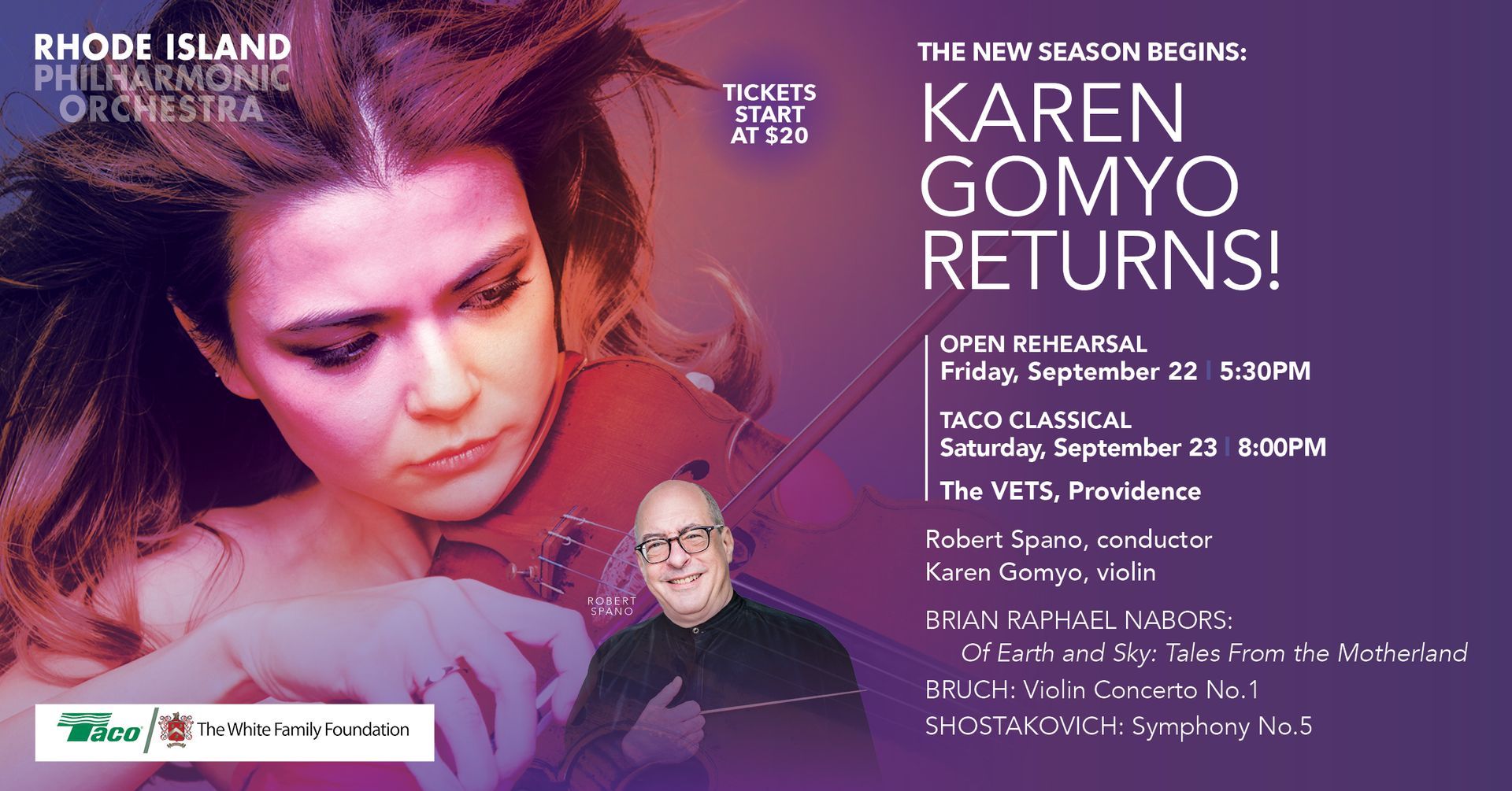
Title:
Violin Concerto No.1, op.26, G minor
Composer: Max Bruch (1838-1920)
Last time performed by the Rhode Island Philharmonic:
Last performed March 6, 2015 with Larry Rachleff conducting and soloist Joshua Bell. In addition to a solo violin, this piece is scored for two flutes, two oboes, two clarinets, two bassoons, four horns, two trumpets, timpani and strings.
The Story: Today, the fame of Max Bruch rests largely on his three violin concertos and the
Kol Nidre for cello and orchestra. However, in his day, he was known as a composer not only of concert music but also of opera. Bruch was a renowned conductor and, indirectly, one of his conducting assignments led to composing the now famous
Scottish Fantasy for violin and orchestra.
Bruch also considered giving the name “Fantasy” to his First Violin Concerto, written between 1857 and 1866. Following the premiere of a preliminary version, which the composer conducted, he sent the score to the distinguished violinist, Joseph Joachim, for criticism. Joachim did not agree with Bruch’s idea for an alternate title. “I find the title ‘Concerto’ fully justified,” wrote Joachim. “For the name Fantasy, the last two movements are, in fact, too completely and symmetrically developed. The different sections are brought together in a beautiful relationship, yet there is sufficient contrast, which is the chief object.” Two years later and after much revision of the score, Bruch conducted the first performance of the concerto as we know it, with Joachim as the soloist.
Annotator Charles Burr has written an incomparably succinct description of the concerto, whose first two movements are joined without a pause:
The first movement, an Allegro moderato also marked “Prelude,” is impassioned and declarative, exploiting the dark regions . . . in a dramatic manner. There is an abbreviated cadenza [violin solo] just before the orchestra fashions the transition to the second movement. The violin announces the main theme of the Adagio: espressivo. Other themes of similar lyric beauty merge in this delicate and tender composition. The finale, Allegro energetico, shows its driving quality in the first violin theme, in double stops [two notes at once]. The elaboration to this brings us to a grand “summing-up” theme of climactic and stunning eloquence.
Program Notes by Dr. Michael Fink © 2023 ALL RIGHTS RESERVED
Tickets start at $20! Click HERE or call 401-248-7000 to purchase today!

